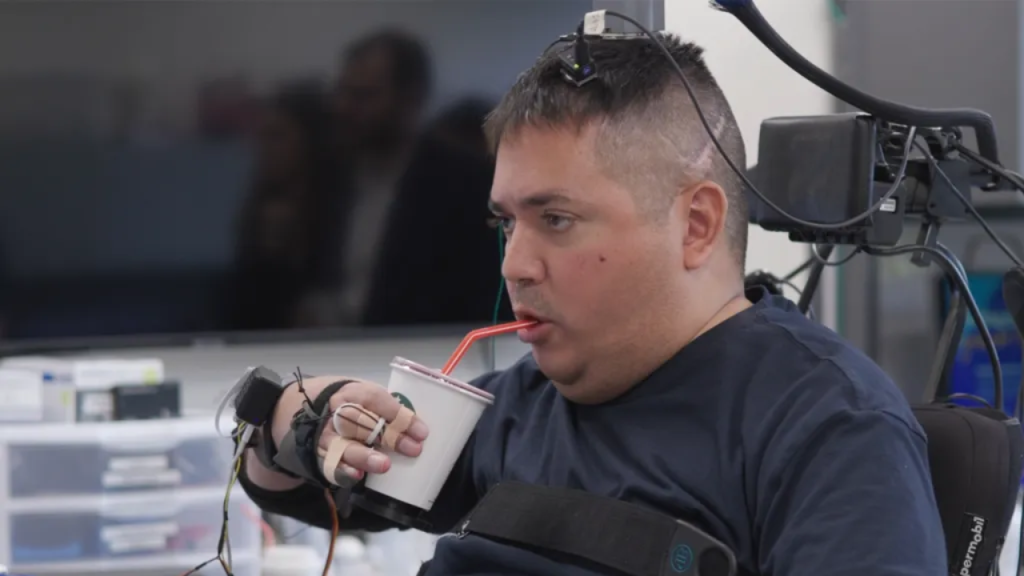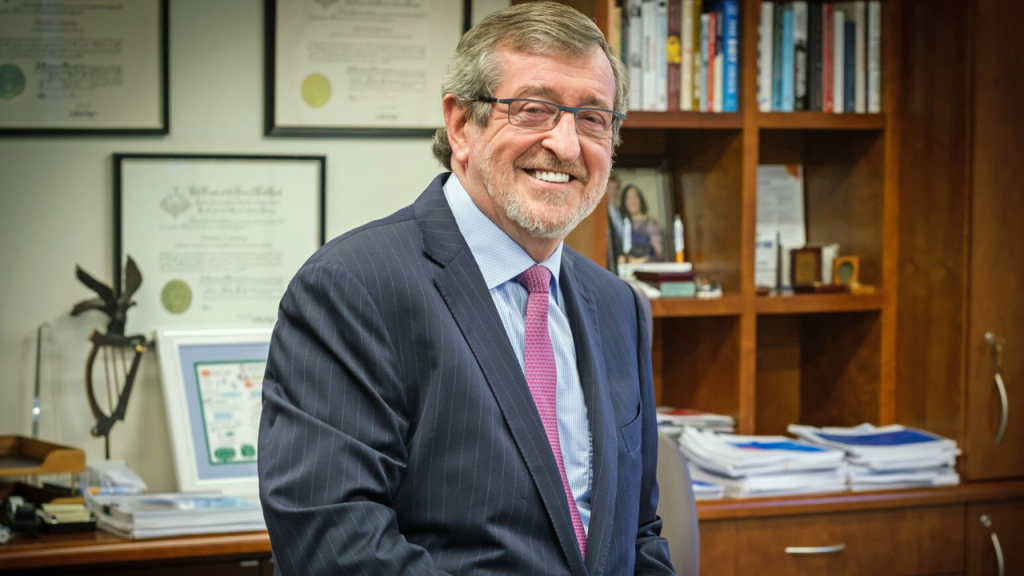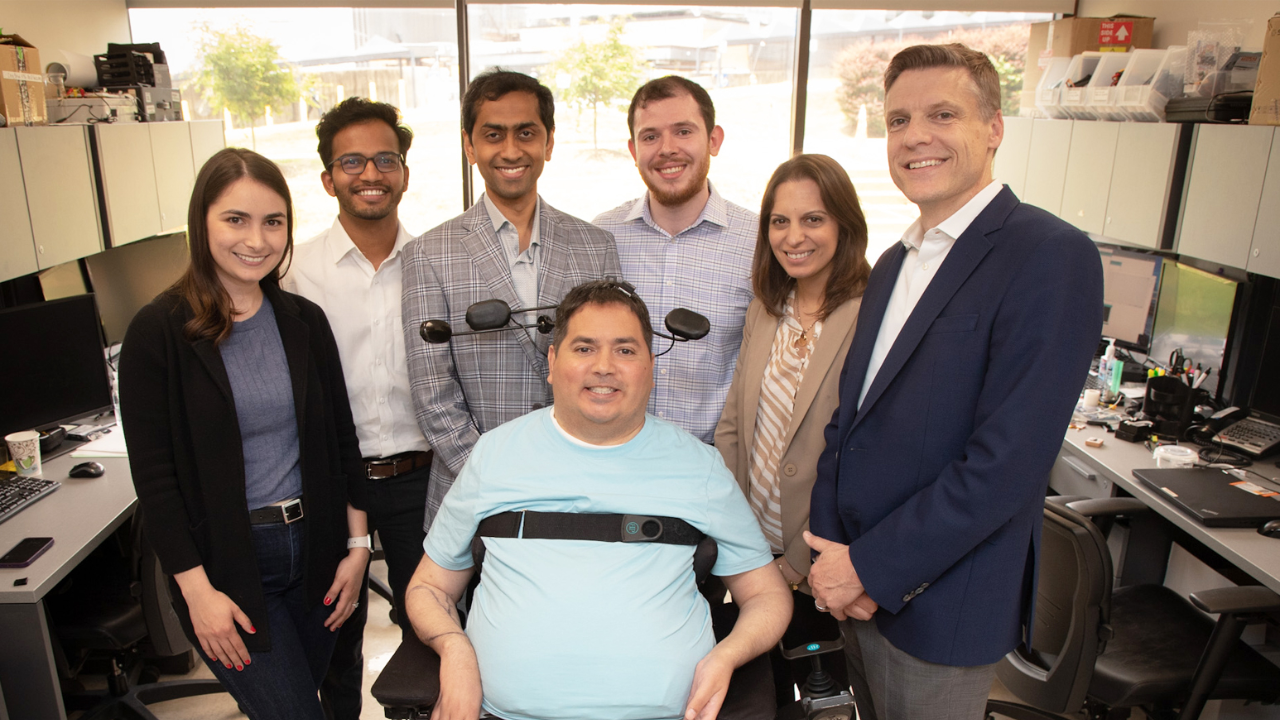New Bioelectric Technology Offers Hope to Paralyzed Patients, Revolutionizing Healthcare in New York!
Helping the paralyzed walk might sound like science fiction, but it is rapidly becoming a reality. New York’s largest hospital system, Northwell Health, has been at the forefront of developing bioelectric technology, which enables paralyzed patients to regain movement and sensation.
Bioelectric technology works by harnessing the body’s electrical signals to restore communication between the nervous system and the muscles. When connected to a bioelectric device, paralyzed patients can move and even regain some sensation. The technology has already shown remarkable results in clinical applications.
“We had a patient named Kevin … paralyzed from the neck down after diving into a swimming pool,” explained Northwell CEO Michael Dowling.

“Thanks to the technologies developed at Northwell, Kevin can now move his arms and even feel touch, which is something we’ve never been able to do before. This opens up the real possibility that, in the coming years, paralyzed individuals will be able to walk again.”
The goal is to make these devices portable, allowing patients to use them anywhere rather than being restricted to a hospital setting. This breakthrough is just one example of the innovative healthcare technologies emerging from New York’s medical systems.
Earlier this year, NYU Langone Health made headlines by completing a groundbreaking dual organ transplant, implanting both a manmade heart pump and a genetically modified pig kidney into a patient.
This procedure, which marked the first of its kind, involved transplanting a kidney genetically modified to closely resemble a human organ.
The patient, Lisa Pisano, was battling multiple chronic conditions and was not eligible for a traditional human organ transplant. Doctors believe this pioneering operation significantly extended her life.
Beyond these groundbreaking medical procedures, New York-based healthcare startups are also transforming the industry with advanced software and data analysis.
Companies such as Tempus and Flatiron Health are at the cutting edge of healthcare data analytics, with Tempus compiling the world’s largest database of clinical and molecular data from diseased patients. This data helps doctors tailor treatments for conditions like cancer and heart disease.
Flatiron Health is connecting cancer research institutions worldwide, enabling more effective communication and collaboration among healthcare professionals. This initiative ensures that patients receive the most advanced, data-driven care available.
Meanwhile, Komodo Health, another innovative startup based in Flatiron, helps patients find the best medical providers in their area through its detailed, interactive mapping service.
The rise of these groundbreaking initiatives has not gone unnoticed by public officials. New York Governor Kathy Hochul recently announced a historic $150 million investment in a cell and gene therapy research center in Long Island.
This funding is part of a broader $430 million plan to develop a state-of-the-art “Innovation Hub,” focused on gene editing and repairing mutated cells. These advances hold the potential to cure devastating diseases such as cancer, cystic fibrosis, and heart disease.
“We are leading the way in gene and cell therapy, a game-changing new form of medical treatment that repairs damaged cells and kills those that have mutated into tumors,” Hochul said in a statement last week.

Northwell CEO Michael Dowling, who has personally benefited from medical advancements, is optimistic about the future of healthcare innovation. “I have a heart condition. I have three stents. If I had the problem I had in the 1970s, I wouldn’t be here today,” Dowling shared.
“Ten years ago, I had a massive blockage. Within 10 minutes of arriving at the hospital, they diagnosed me, and 40 minutes later, I had three stents and was walking out. We are very fortunate to be living now because what we can do is so much more than we could 50 years ago.”
As New York continues to invest in cutting-edge medical technologies, the future of healthcare looks increasingly promising, with breakthroughs in bioelectric technology, organ transplants, and gene therapy offering new hope to patients across the globe.

